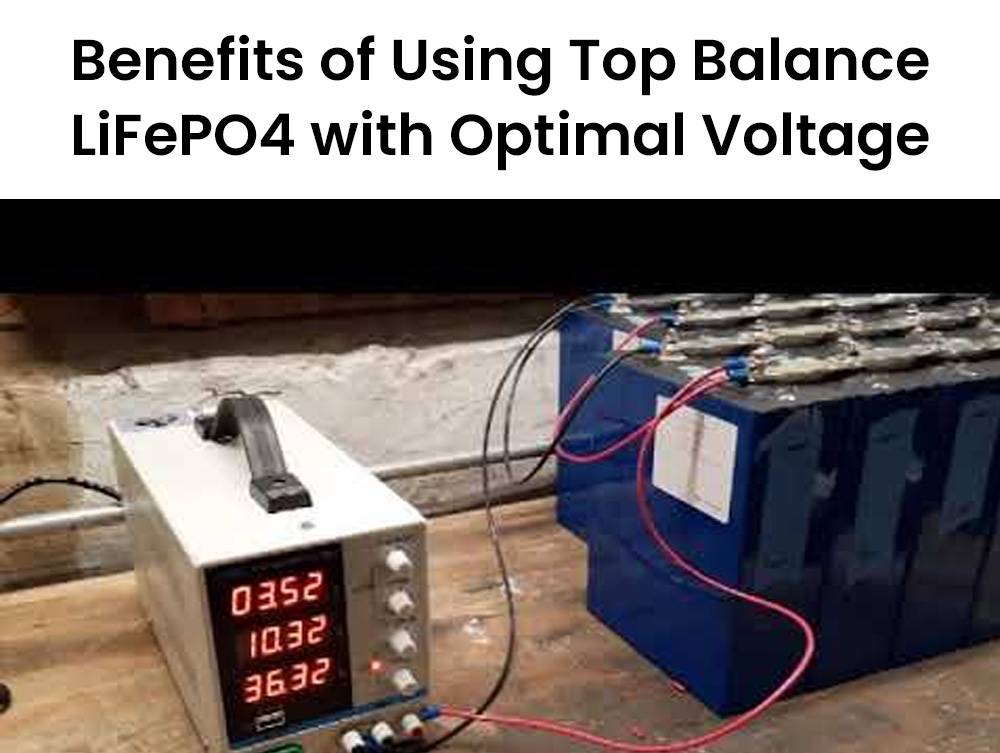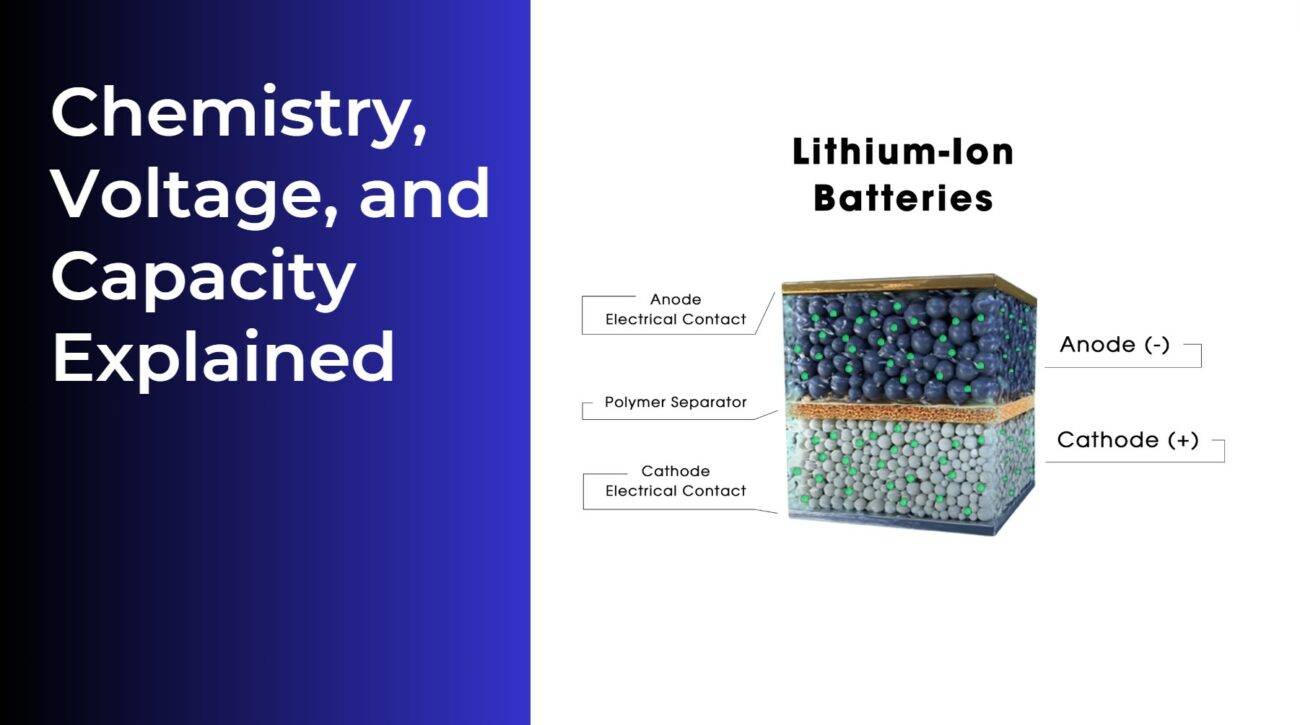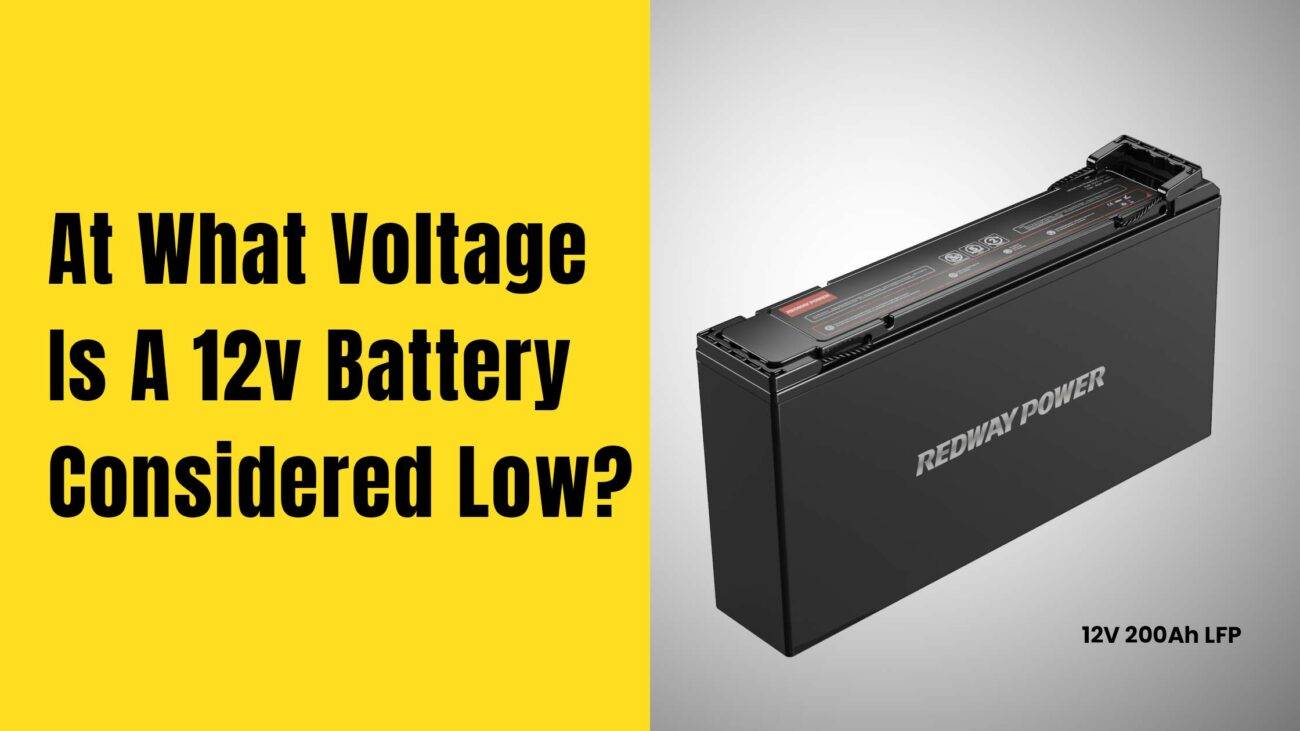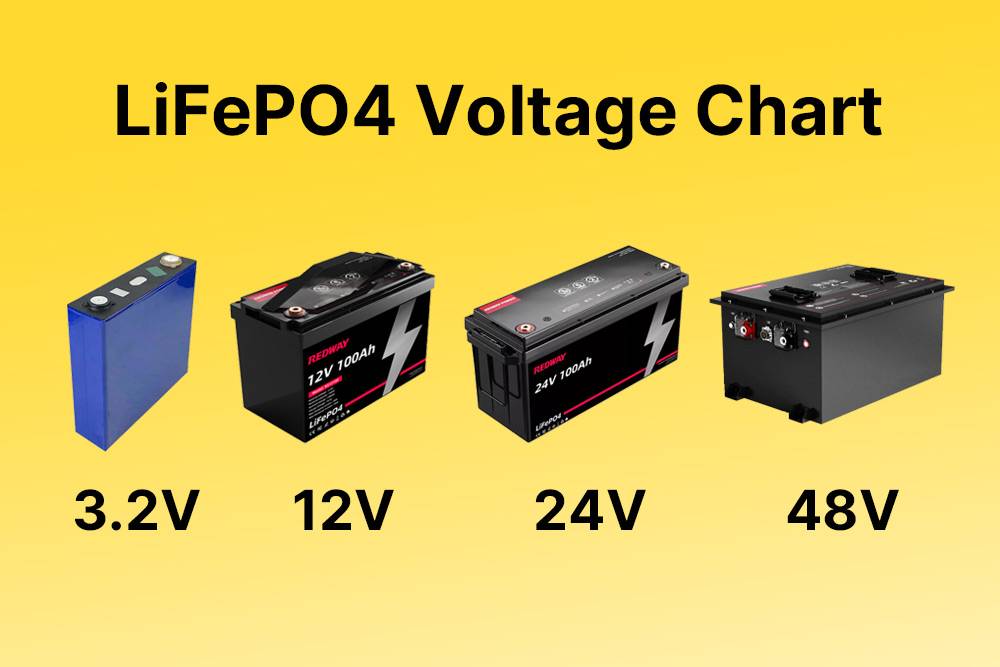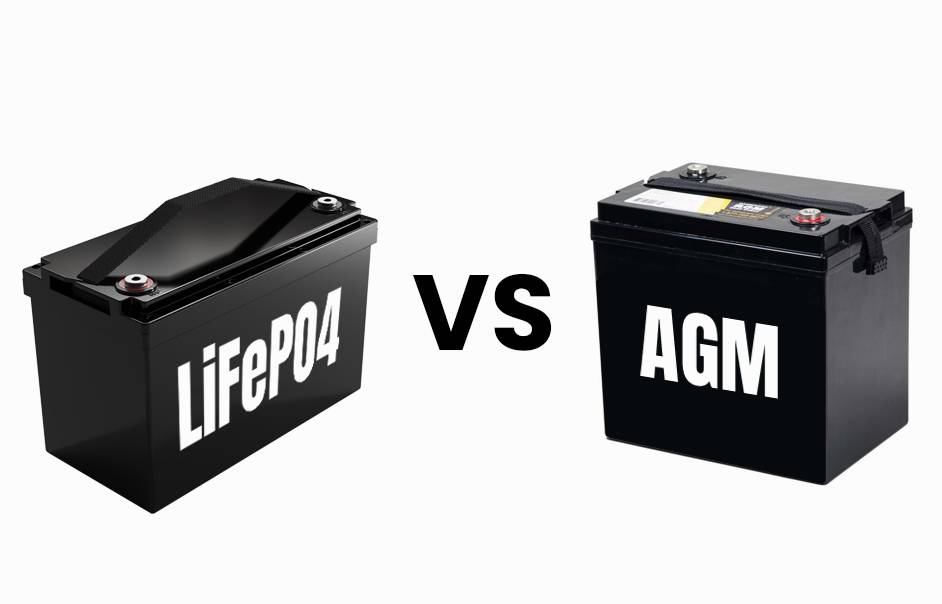- Lithium Golf Cart Battery
- Forklift Lithium Battery
-
48V
- 48V 210Ah
- 48V 300Ah
- 48V 420Ah (949 x 349 x 569 mm)
- 48V 420Ah (950 x 421 x 450 mm)
- 48V 456Ah
- 48V 460Ah (830 x 630 x 590 mm)
- 48V 460Ah (950 x 421 x 450 mm)
- 48V 460Ah (800 x 630 x 600 mm)
- 48V 460Ah (820 x 660 x 470 mm)
- 48V 500Ah
- 48V 560Ah (810 x 630 x 600 mm)
- 48V 560Ah (950 x 592 x 450 mm)
- 48V 600Ah
- 48V 630Ah
-
48V
- 12V Lithium Battery
12V 150Ah Lithium RV Battery
Bluetooth App | BCI Group 31
LiFePO4 Lithium
Discharge Temperature -20°C ~ 65°C
Fast Charger 14.6V 50A
Solar MPPT Charging - 24V Lithium Battery
- 36V Lithium Battery
- 48V Lithium Battery
-
48V LiFePO4 Battery
- 48V 50Ah
- 48V 50Ah (for Golf Carts)
- 48V 60Ah (8D)
- 48V 100Ah (8D)
- 48V 100Ah
- 48V 100Ah (Discharge 100A for Golf Carts)
- 48V 100Ah (Discharge 150A for Golf Carts)
- 48V 100Ah (Discharge 200A for Golf Carts)
- 48V 150Ah (for Golf Carts)
- 48V 160Ah (Discharge 100A for Golf Carts)
- 48V 160Ah (Discharge 160A for Golf Carts)
-
48V LiFePO4 Battery
- 60V Lithium Battery
-
60V LiFePO4 Battery
- 60V 20Ah
- 60V 30Ah
- 60V 50Ah
- 60V 50Ah (Small Size / Side Terminal)
- 60V 100Ah (for Electric Motocycle, Electric Scooter, LSV, AGV)
- 60V 100Ah (for Forklift, AGV, Electric Scooter, Sweeper)
- 60V 150Ah (E-Motocycle / E-Scooter / E-Tricycle / Tour LSV)
- 60V 200Ah (for Forklift, AGV, Electric Scooter, Sweeper)
-
60V LiFePO4 Battery
- 72V~96V Lithium Battery
- Rack-mounted Lithium Battery
- E-Bike Battery
- All-in-One Home-ESS
- Wall-mount Battery ESS
-
Home-ESS Lithium Battery PowerWall
- 24V 100Ah 2.4kWh PW24100-S PowerWall
- 48V 50Ah 2.4kWh PW4850-S PowerWall
- 48V 50Ah 2.56kWh PW5150-S PowerWall
- 48V 100Ah 5.12kWh PW51100-F PowerWall (IP65)
- 48V 100Ah 5.12kWh PW51100-S PowerWall
- 48V 100Ah 5.12kWh PW51100-H PowerWall
- 48V 200Ah 10kWh PW51200-H PowerWall
- 48V 300Ah 15kWh PW51300-H PowerWall
PowerWall 51.2V 100Ah LiFePO4 Lithium Battery
Highly popular in Asia and Eastern Europe.
CE Certification | Home-ESS -
Home-ESS Lithium Battery PowerWall
- Portable Power Stations
What Is the Voltage of Top Balanced LiFePO4 Batteries?

Top balanced lithium iron phosphate (LiFePO4) batteries typically reach a voltage of 3.65 volts per cell when fully charged. This voltage is crucial for ensuring optimal performance and longevity, as balancing helps maintain uniform charge levels across all cells in a battery pack.
What Is the Voltage of Top Balanced LiFePO4 Batteries?
The standard voltage of a fully charged top balanced LiFePO4 cell is 3.65 volts. This voltage represents the maximum safe operating level for these batteries, ensuring that each cell in a battery pack is charged uniformly to prevent overcharging or undercharging, which can lead to reduced performance and lifespan.
What Is the Optimal Voltage for Fully Charged LiFePO4 Cells?
For optimal performance, fully charged LiFePO4 cells should reach a voltage of 3.65 volts. Charging beyond this voltage can risk damaging the cells, while charging to lower voltages may not utilize their full capacity.
| Charge Level | Voltage (V) |
|---|---|
| Low Charge | 2.5 – 3.0 |
| Standard Charge | 3.2 – 3.6 |
| Full Charge | 3.65 |
How Does Top Balancing Affect Battery Performance?
Top balancing ensures that all cells within a battery pack are charged to the same voltage level, which is essential for:
- Maximizing Capacity: Ensures that all cells contribute equally to the battery’s overall capacity.
- Enhancing Lifespan: Reduces stress on individual cells, preventing premature aging and failure.
- Improving Safety: Minimizes risks associated with overcharging or undercharging specific cells.
Why Is Balancing Important for LiFePO4 Batteries?
Balancing is critical because:
- Uniform Performance: It ensures that each cell operates within its optimal range, enhancing overall battery efficiency.
- Prevention of Capacity Loss: Unbalanced cells can lead to some cells being over-discharged or overcharged, which diminishes their capacity and lifespan.
- Safety: Properly balanced batteries are less likely to experience thermal runaway or other safety hazards.
What Are the Risks of Not Balancing LiFePO4 Cells?
Failing to balance LiFePO4 cells can lead to several issues:
- Reduced Capacity: Some cells may become overcharged while others are undercharged, leading to a decrease in overall capacity.
- Shortened Lifespan: Imbalances can cause stress on weaker cells, leading to premature failure.
- Safety Hazards: Overcharging can increase the risk of fire or explosion in extreme cases.
How to Perform Top Balancing on LiFePO4 Batteries?
To perform top balancing effectively:
- Charge Each Cell: Use a suitable charger to bring all cells up to 3.65 volts.
- Monitor Voltage Levels: Check each cell’s voltage using a multimeter.
- Equalize Voltages: If any cell exceeds 3.65 volts, discharge it slightly until it matches the others.
- Use a Battery Management System (BMS): Incorporate a BMS to automate balancing during regular use.
When Should You Consider Balancing Your LiFePO4 Battery?
Consider balancing your battery when:
- You notice significant differences in cell voltages during charging or discharging.
- You are preparing your battery pack for long-term storage.
- You frequently cycle your battery pack and want to maintain optimal performance.
Replacement Choices for Lithium-Ion Batteries
For those considering alternatives or replacements, Redway Power offers excellent lithium-ion battery solutions suitable for various applications, including those requiring top balanced configurations. These batteries provide enhanced performance and longevity compared to traditional options.
Tips for Battery Wholesale Buyers
When sourcing batteries wholesale or placing OEM orders, consider working with reliable manufacturers like Redway Power, which has over 13 years of experience in lithium battery production. Ensure you verify certifications and quality standards when making your selection.
Redway Power Expert Views
“Understanding how to properly balance lithium iron phosphate batteries is crucial for maximizing their performance and safety. Following best practices in charging and monitoring will ensure longevity and reliability,” states an expert from Redway Power.
